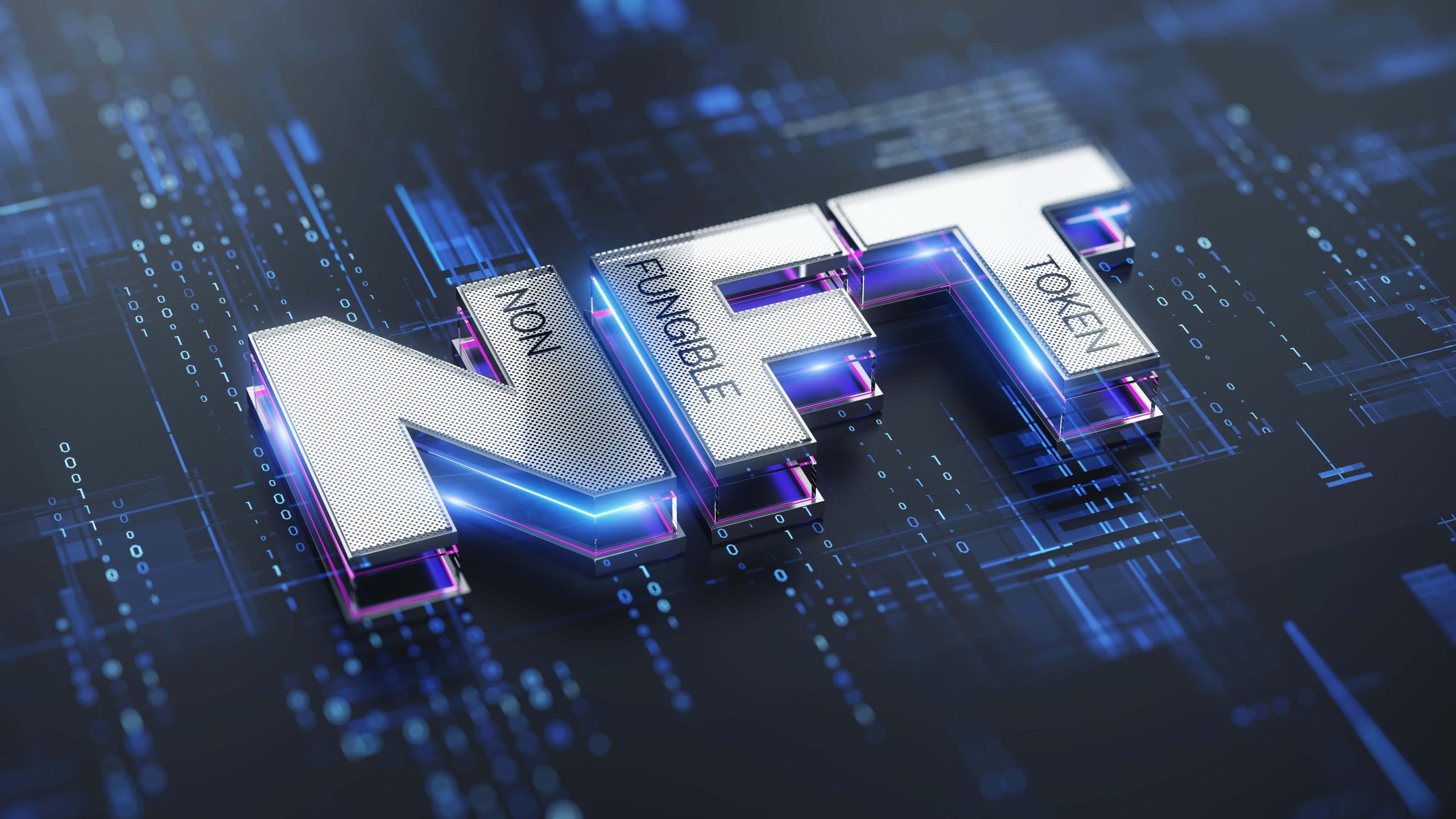Everything you Need to Know About NFTs

Is 2022 the year of Omnichannel Customer Engagement?
February 4, 2022
Future Proof Your Open Source Framework
April 5, 2022
Everything you Need to Know About NFTs
Someone just bought an imaginary kitten for over $170,000. Crazy, right?
Not in the confusing world of NFTs. So what exactly are these non-fungible tokens, and what's with all the hype?
What are NFTs?
An NFT is a form of digital art that people buy and sell online. Just like cryptocurrencies like Bitcoin and Dodge, they run on blockchain technology. This means that each time someone creates, say, a clipart of a smiling kitten, it is added into a digital public ledger.
Unlike cryptocurrencies with a uniform value, each NFT is one of a kind and cannot be interchanged. This makes NFTs unique and impossible to replicate, meaning they are non-fungible.
But what are they used for?
What is the Purpose of NFTs?
The main purpose of NFTs is to allow creators to reap the benefits of their work.
With the internet, digital content like music and pictures can be downloaded and shared online, making it difficult for creatives to receive appropriate compensation for their work.
Since each NFT is stored uniquely in the blockchain, only one valuable original will be available even if copies of it are made. Therefore, the owner can control the price and benefit directly from selling their objects.
But why would someone buy an NFT?
Investors buy NFTs as a speculative investment, hoping their value will rise in the future and earn them huge profits. Other people also buy these digital tokens as collectables, taking pride in being the only ones with the original copy.
Different Types / Variations of NFTs
Essentially, NFTs can be any digital material stored on the blockchain. In broad terms, there are essentially three general categories of NFTs. These include:
- Originals or copies of work. These are created and stored on a blockchain network and can be sold or bought entirely.
- Digital native NFTs - These are NFTs issued to multiple people in the form of ownership rights.
- NFT Metadata - This is a link to an NFTs metadata which gives you the usage rights without you having to own it.
There is no limit to what can qualify as an NFT. Recently, the SEO of Twitter sold his first tweet as an NFT at auction for $2.9 million.
Other items that can qualify as NFTs include:
- Collectables
- Event tickets
- In-game items
- Memes
- Domain names
- Virtual items
- Music and media
- Artwork
- Identity
- Real-world assets
Why are NFTs Such a Big Trend in 2022
Although NFTs have been around since 2014, they just recently gained popularity. They especially saw a significant boom after the digital token by Beeple sold for $69.3 million.
Popular tech figures like Elon Musk and Jack Dorsey and brands such as Adidas and Pepsi also expressed interest in NFTs, encouraging more people to venture into them.
Another revolutionary trend of NFTs is their application in the metaverse. Here, people can access a virtual world complete with property ownership. NFTs will be the optimal currency in this metaverse, making it possible for people to trade these virtual products using real money.
Future Predictions in NFTs
NFTs will be a major part of most industries in the future, with even bigger players looking for a slice of the cake. As such, concerns about the sustainability of the technology have emerged. Since NFTs run on blockchain technology, they use up lots of electricity.
Luckily, people are working to reduce the absurd amounts of energy used in blockchain technology.
Well, that's the basics of non-fungible tokens. You can also participate in the revolution by either creating, trading or collecting these digital tokens.